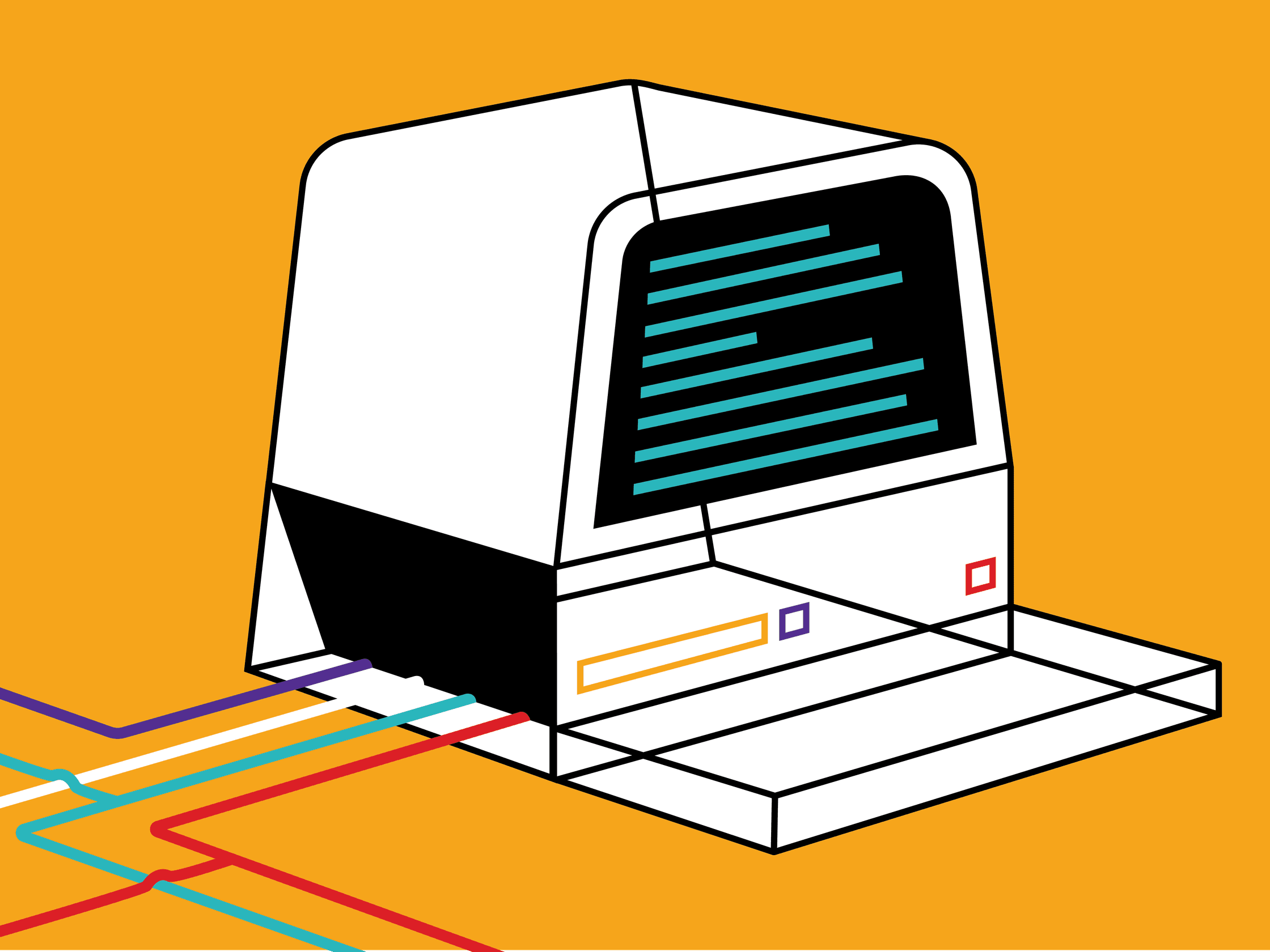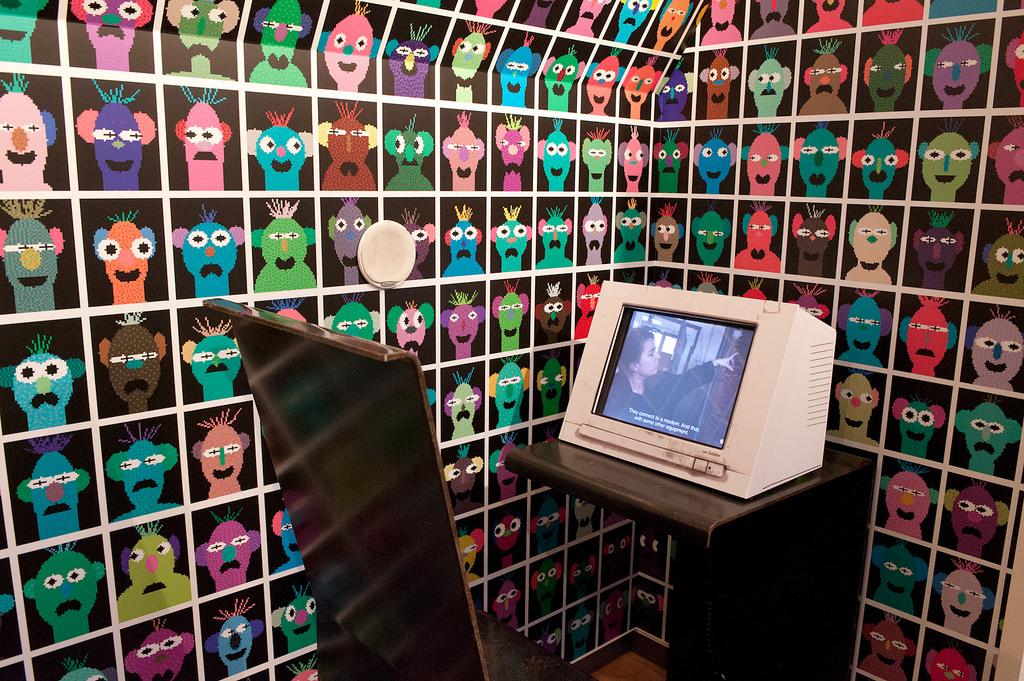On November 17 it was thirty years ago that the Netherlands was connected to the internet. On this day in 1988, the people from the Centrum Wiskunde en Informatica (CWI, Centre for mathematics and computer sciences) in Amsterdam received their first direct e-mail from America.
"Customs asked me what that big box was." 'An amplifier,' I said, because that came the closest," says Teus Hagen, internet pioneer. That box turned out to be of enormous importance, because it connected the Netherlands to the internet. As the second country in the world after the United States. For the first time there was a direct connection between a Dutch computer and the American internet, which mainly involved universities and defense institutions at that time.
First e-mail
Teus' colleagues Steven Pemberton and Piet Beertema worked together at the CWI in the eighties. From the American colleagues, they received this e-mail via the first Transatlantic connection:

Before 17 November 1988, Dutch companies and universities also sent e-mails to the United States, but these went indirectly and very slowly. "We used a so-called 'store and forward system', says Hagen, and the mail that you wanted to send first came to the CWI, which were it was kept for a while and then sent to America at a few times a day."
"The messages were received on a server at the other end and from there it again took a while before they were sent to the addressees. But after 17 November you could send an email directly, very fast, like nowadays."
Historical moment
"We did not actually realise that the connection was a historic moment, nor did we take pictures of it," says Pemberton. He only realised that something big was going on when he connected his own personal computer at home. His friends were open-mouthed to see how he could get in touch with the Americans.
In the early nineties, when Pemberton was in New York, he saw a billboard at Times Square in New York with a web address on it. "Then I realised that I was part of a big global development."
Citizens on the net
The academic world began to correspond in the US in the early 1980s via the internet. Soon after the Netherlands, the rest of Europe was connected. Academic hospitals and research centers in the Netherlands used it via SURFnet.
Only five years later, in 1993, citizens were allowed to enter the digital highway. One of the first internet communities was the Digital City in Amsterdam, founded on January 15, 1994. The same year that Waag (Society for Old and New Media) also saw life, on 1 December 1994. Next year we will therefore celebrate the 25 year of existence of both.
Sound of the early days
Who does not remember this characteristic sound?
This was the familiar sound when you dialed in on a telephone line with your modem to use the internet. In 2000 broadband took over the work of the modem and you could no longer hear this sound.
More than 4 billion people worldwide are now online at a population of 7.6 billion. In Western Europe, most connections are the least, in Central Africa the least.

